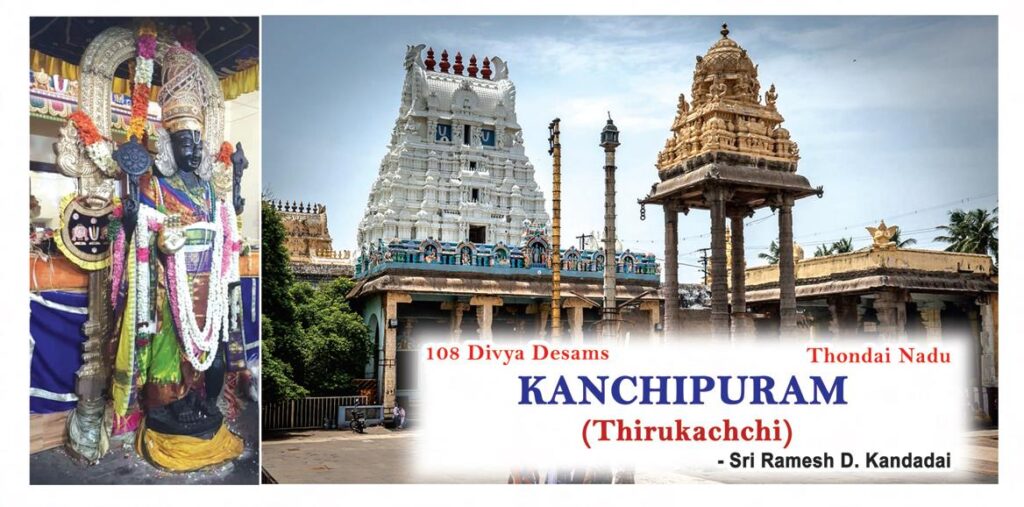Kanchipuram – Location The famous town of Kanchipuram or Kanchi or Thirukachchi is located 75km due west and a little south of the capital city of Chennai in the south Indian state of Tamil Nadu. Since the Chennai Bengaluru highway goes right by the town, connectivity is no problem. Kanchipuram – Google Maps Location There Read More
Ads Blocker Detected!!!
We have detected that you are using extensions to block ads. Please support us by disabling these ads blocker.

